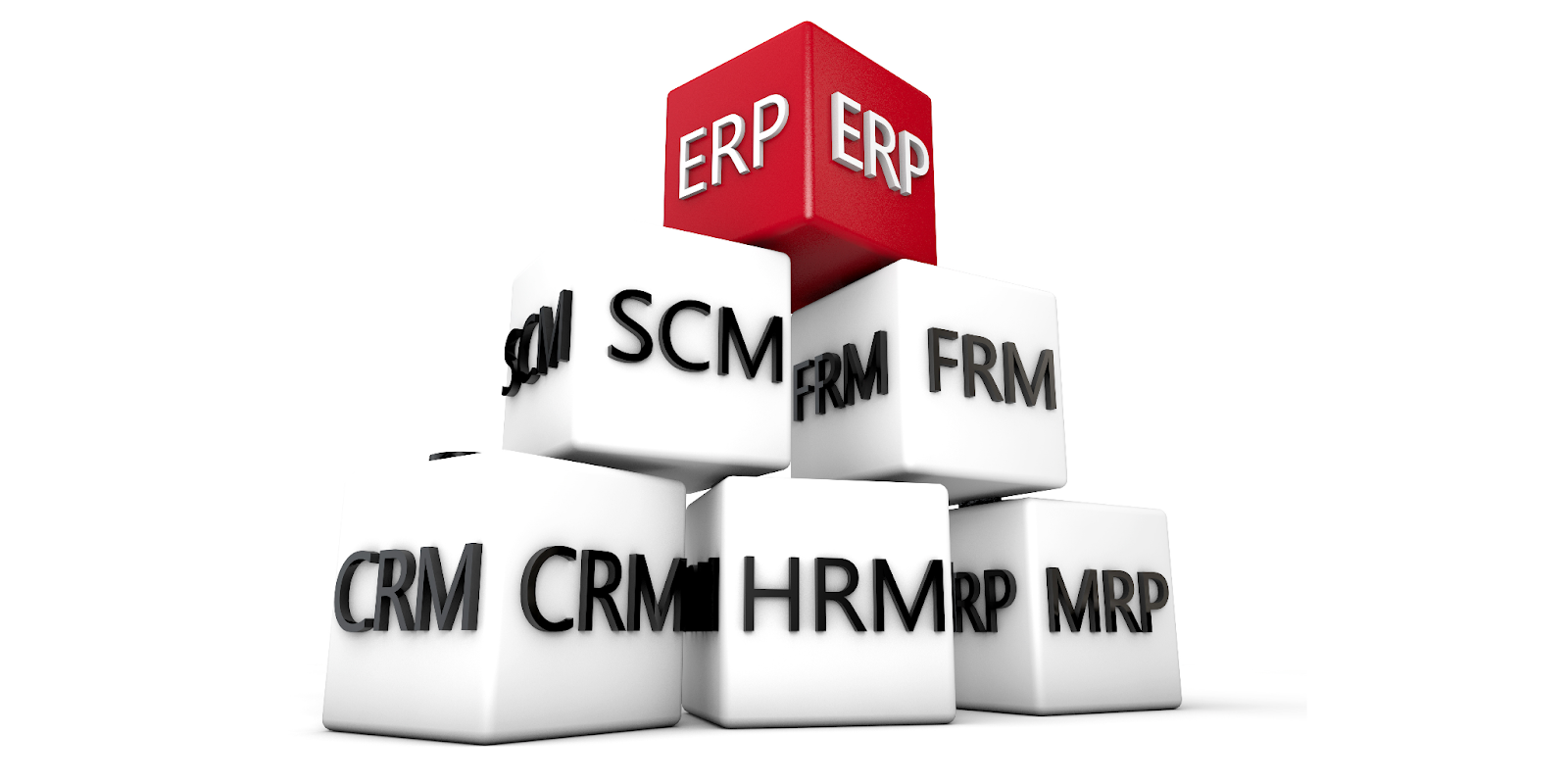Introduction:
Consider a framework overseer working with numerous servers. Assuming that one of the servers has an issue, they can without much of a stretch fix it. The circumstance becomes hazardous, nonetheless, when numerous servers are down. This is where Puppet can help.
With Puppet, you can compose basic code and send it to the servers that have issues. After the code runs, all servers are moved back to their past working states or set to the new wanted states in practically no time. Puppets can likewise be utilized to convey programming and add security, all through basic codes.
What is a Puppet?
Puppet is a setup of the board device guaranteeing that all frameworks are designed to an ideal and unsurprising state.
You can likewise involve Puppet as an organization instrument as it can consequently send programming on the framework. Puppet executes framework as code, and that implies you can test the climate and guarantee that it is sent precisely.
In the wake of going through what Puppet is, let us get familiar with the parts of Puppet.
Parts of Puppet
The Puppet climate can be separated into the principal server climate (displayed above) and the client climate. In the principal server climate, there is a Puppet ace store which stores all design documents.
-
Shows are the real codes for arranging the clients
-
Layouts consolidate code and information to deliver a last report
-
Records are the static substance that can be downloaded by the clients
-
Modules are an assortment of shows, layouts, and records
-
Declaration authority permits the expert to sign the authentications sent by the client
The Puppet client is the machine that should be designed, comprising of Specialist and Element. The specialist persistently communicates with the expert server to guarantee that the authentications are being refreshed properly. The variable gathers the present status of the client that is utilized and imparts it back through the specialist.
Since we have investigated the parts of Puppet, let us figure out how Puppet functions as a piece of our finding out about what is Puppet.
How Puppet Functions?
Puppet has an essential optional hub design.
The clients are circulated across the organization and speak with the essential optional climate where Puppet modules are available. The client specialist sends a declaration with its ID to the server; the server then, at that point, signs that endorsement and sends it back to the client. This confirmation takes into consideration secure and irrefutable correspondence between the client and the expert.
The component then, at that point, gathers the condition of the clients and sends it to the expert. In view of the reality sent, the expert arranges the appears into the lists, which are shipped off the clients, and a specialist executes the appears on its machine. A report is produced by the client that portrays any progressions made and is shipped off the expert.
This interaction is rehashed at customary spans, guaranteeing all client frameworks are exceptional. In the following segment, let us learn about the different organizations embracing Puppet as a piece of our finding out about what is Puppet.
Organizations Taking on Puppet
Your advantage in understanding what Puppet is would develop assuming you are familiar with the organizations that have embraced it to deal with their foundation. Some of them include:
-
Spotify
-
Google
-
AT&T
-
Staples
-
AON
-
The U.S. Aviation based armed forces
The justifications for why these organizations embraced Puppet might differ. For instance, Staples involved Puppet as a setup the executives device to mechanize its confidential cloud the board and IT tasks to give consistency, permitting their IT groups additional opportunity to enhance.
Composing Appears in Puppet
Documents composed for designing a hub are called shows, gathered into indexes that are executed at the client. Every one of the shows is written in Ruby language with a .pp expansion.
The five critical stages to compose a manifest are:
-
Make - Shows are composed by the framework executive
-
Incorporate - Shows are ordered into indexes
-
Send - Indexes are conveyed onto the clients
-
Execute - Lists are shown on the client to the specialist
-
End - Clients are arranged to the ideal state
All shows should have a typical linguistic structure:
Resource type { 'title' :
Attribute_name1 => attribute value
Attribute_name2 => attribute value
}
Here, the asset type can be a bundle, a record, or a help.
'title' alludes to the name of the asset type.
Attribute_name1 - This is the element whose worth should be changed or set (for instance: IP, guarantee).
attribute value - This is the new incentive for the property (for instance: present, begin)
A manifest can contain different asset types. The catchphrase 'default' applies manifest to every one of the clients. For instance:
Hub default {
record { '/and so on/example' :
Content => "this is an example manifest"
}
administration { 'httpd' :
guarantee => introduced
}
}
Our most memorable asset is a document way '/and so forth/test'
The predetermined substance is composed into the record. The record is made first on the off chance that it doesn't as of now exist. Our next asset is the Apache administration, which is to be introduced on the client hub. The manifest is conveyed on the client machine. The client presently has a record named 'test' under 'and so forth' organizer and the Apache server will be introduced.
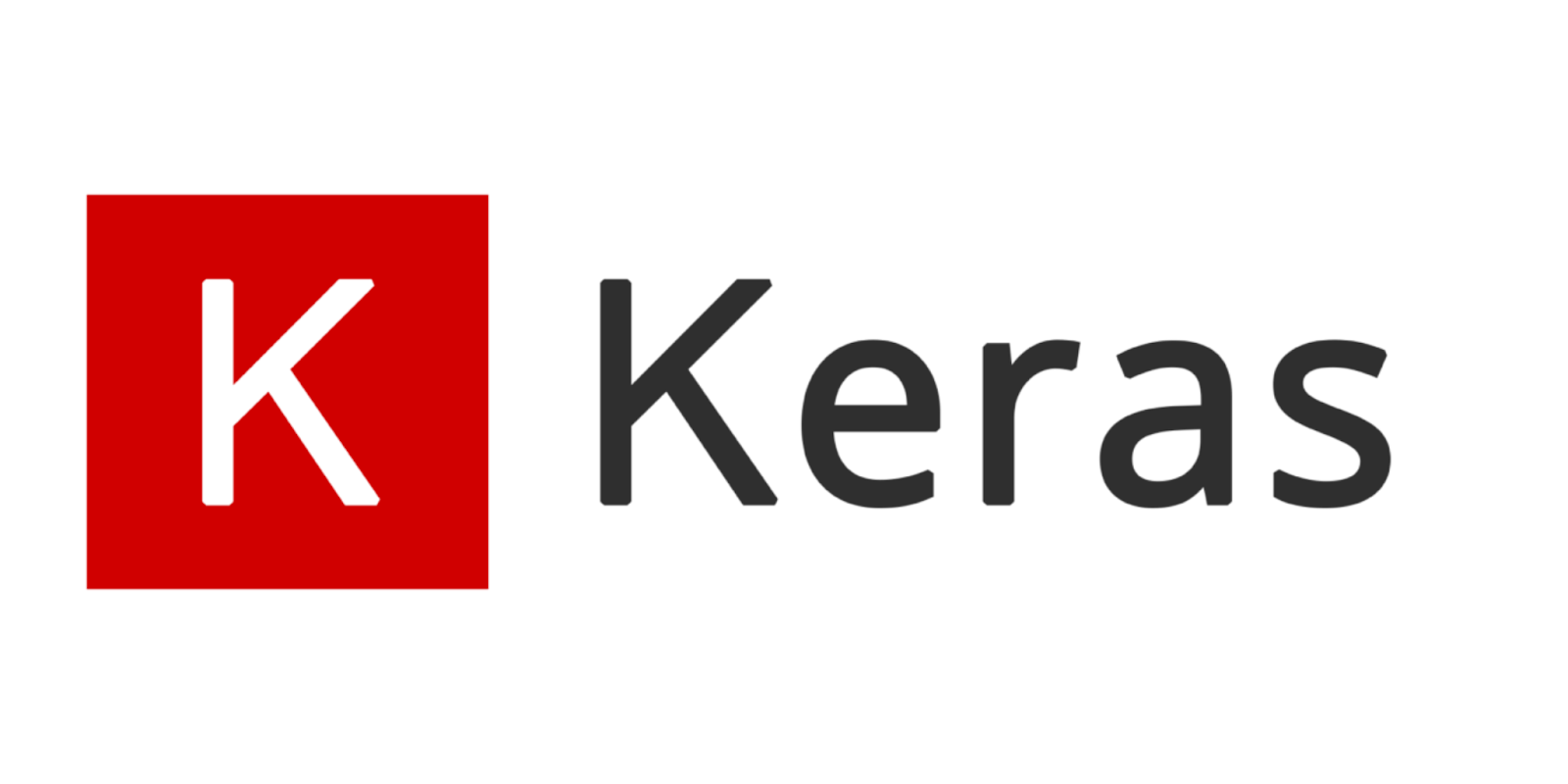




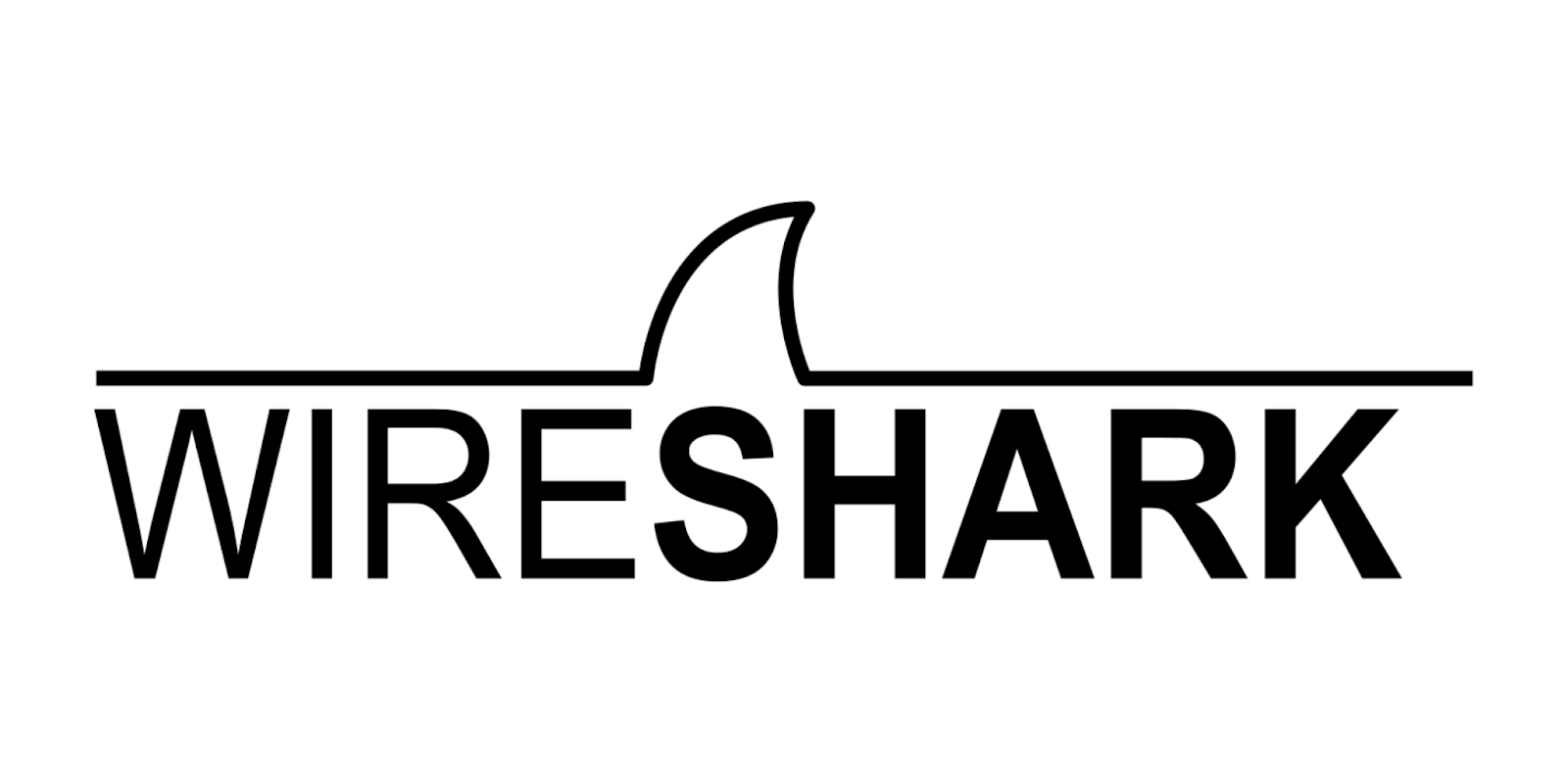





%20(1)%20(1).jpg_202301090758.jpg)
.png_202301060706.png)
.png_202212210655.png)

.png_202212230642.png)
.png_202212220807.png)
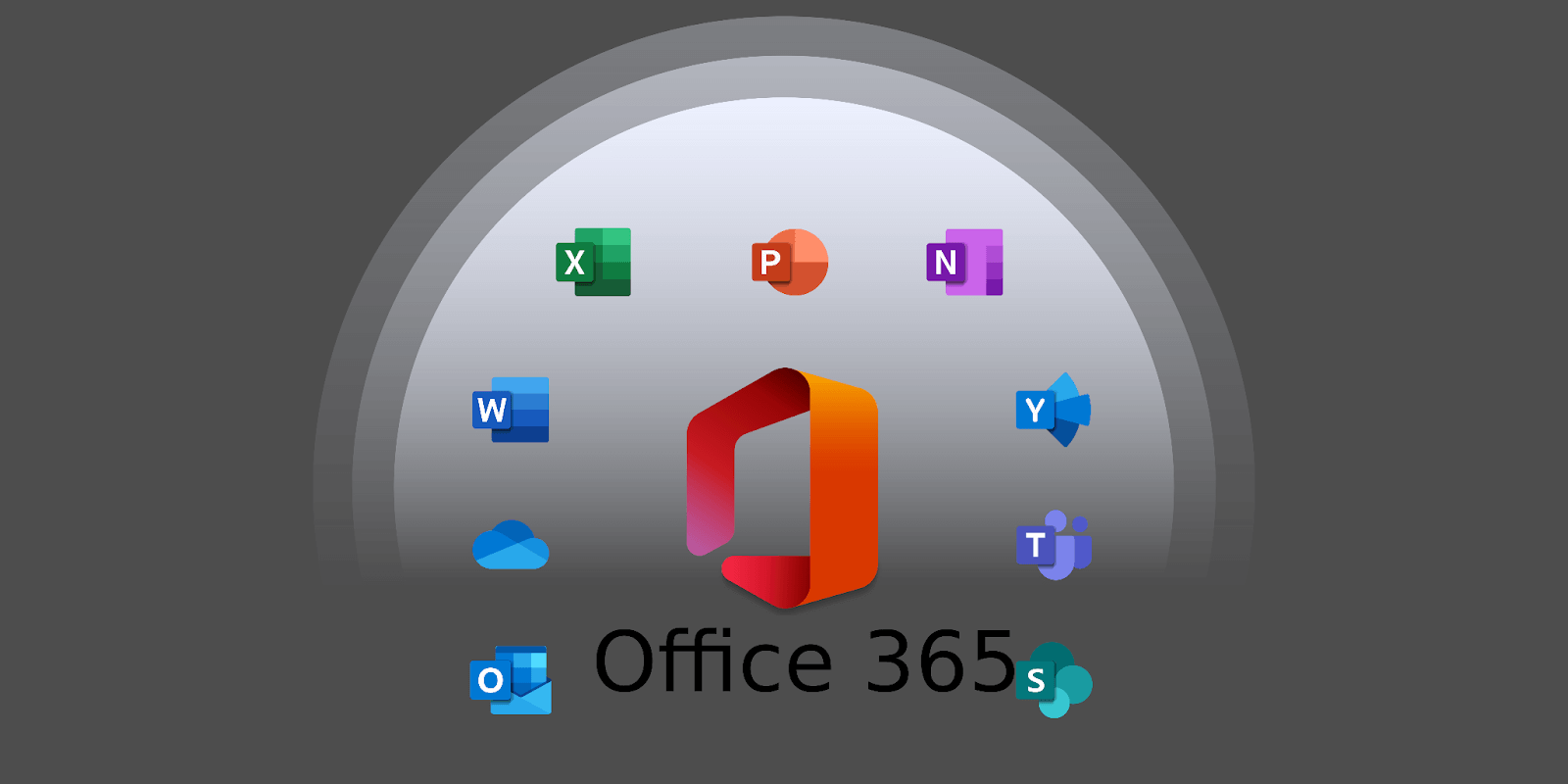
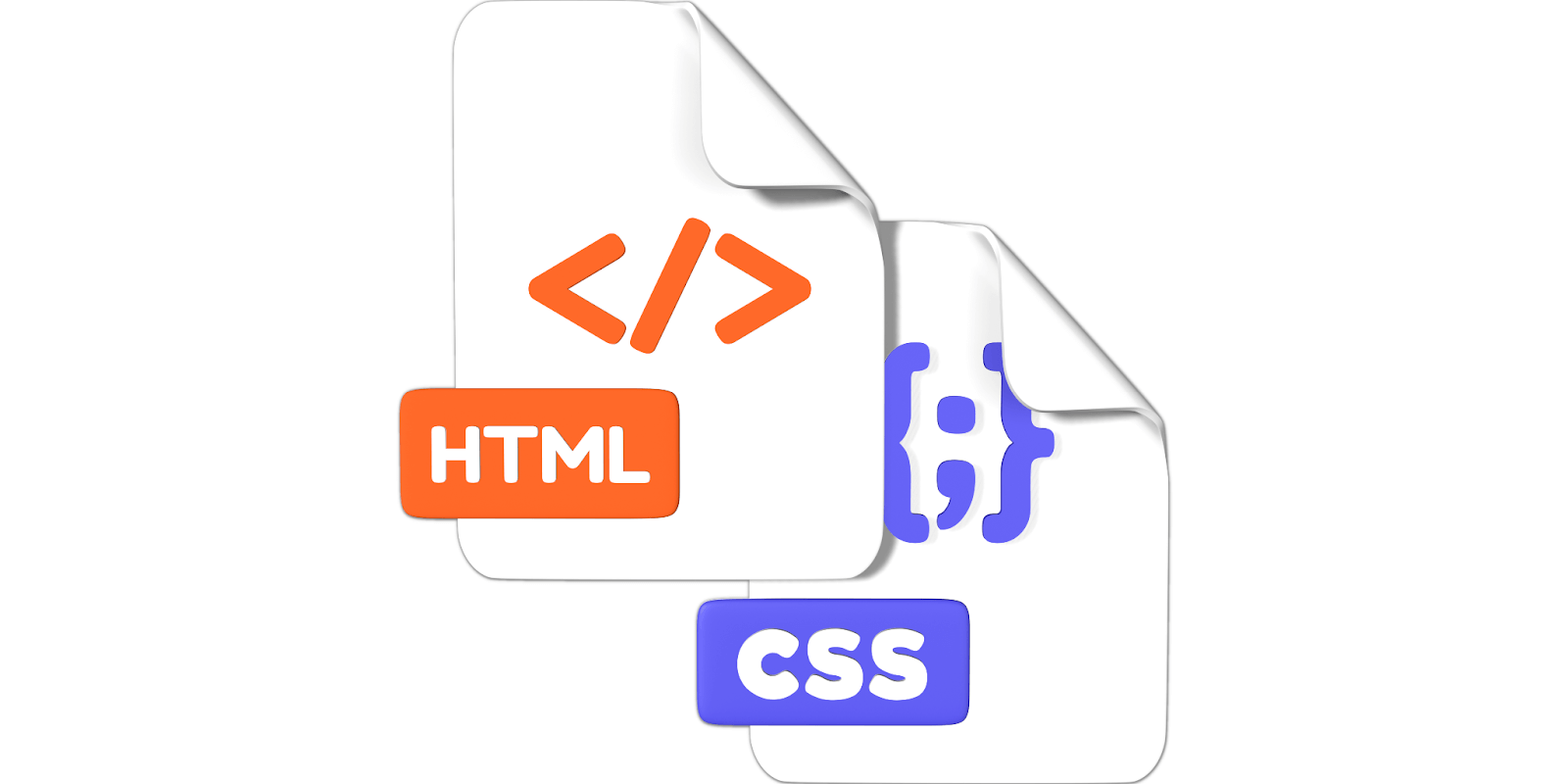
.png_202212021232.png)
.png_202211120611.png)
.png_202209211220.png)
